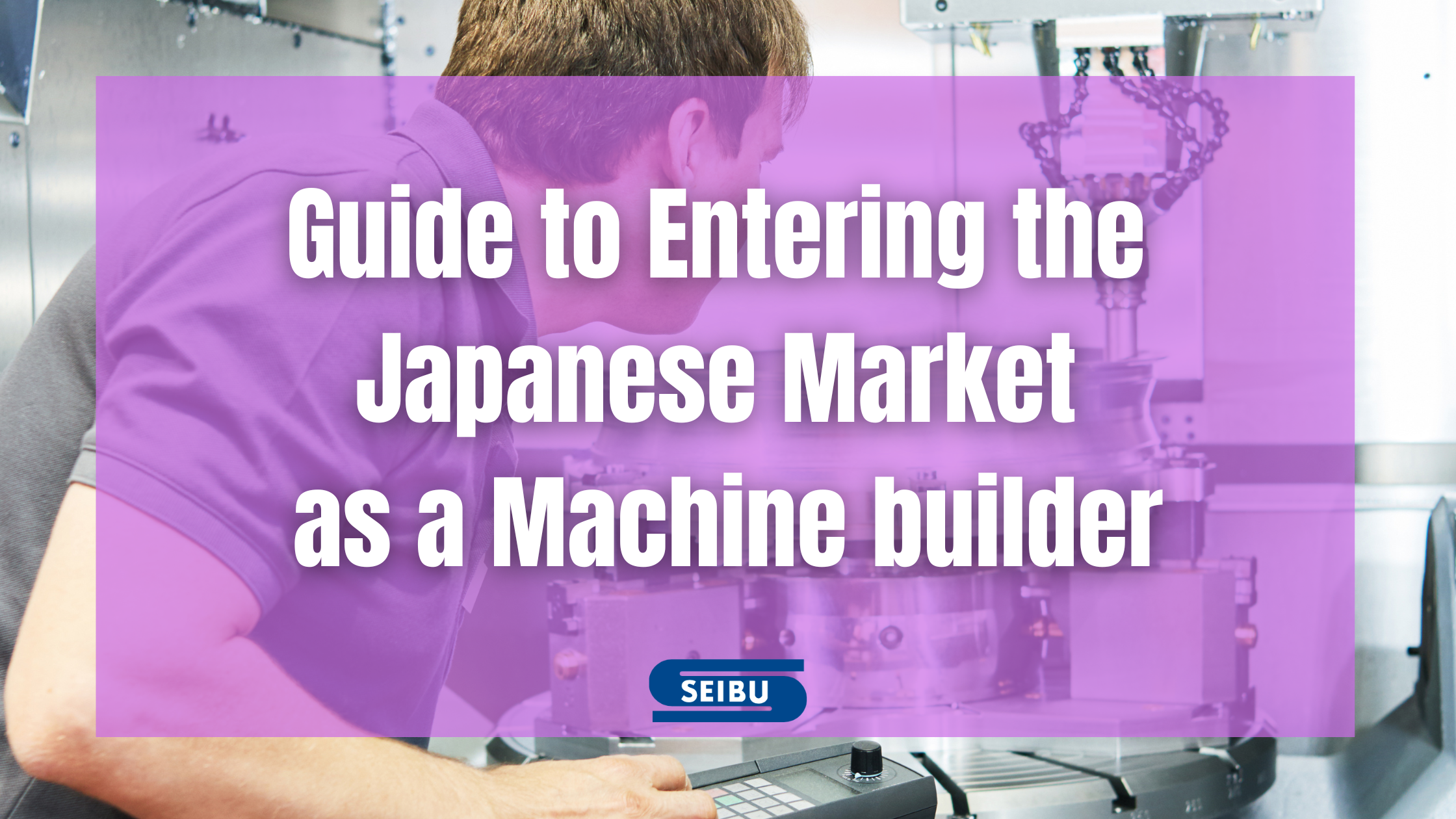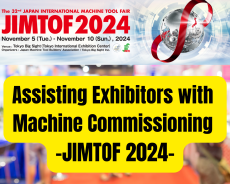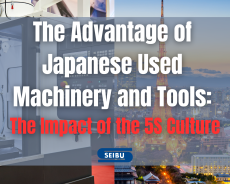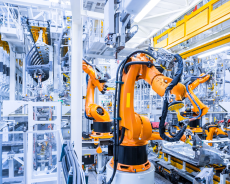A Comprehensive Guide to Entering the Japanese Market as a Machine builder: Key Strategies for Success
2024.04.03 machine

Japan’s market holds significant opportunities for machine builders looking to expand their business internationally. With a reputation for technological innovation, advanced manufacturing, and a robust industrial sector, Japan presents a promising landscape for companies in the machinery industry. However, entering this market requires careful planning, cultural understanding, and strategic approach. In this guide, we’ll explore the steps and considerations for successfully entering the Japanese market as a machine builder, with a particular emphasis on having a good service and repair team
1.Understanding the Japanese Market:
Before diving into the market entry process, it’s crucial to understand the dynamics of Japan’s industrial landscape. Japan is known for its high-quality standards, meticulous attention to detail, and strong emphasis on reliability. Therefore, machine builders aiming to enter this market must be prepared to meet these stringent requirements.
Additionally, building relationships and establishing trust are paramount in Japanese business culture. Companies often prefer to work with partners they know and trust, which can sometimes make breaking into the market challenging for newcomers. However, once trust is established, it can lead to long-lasting and fruitful partnerships.
2.Market Research and Analysis:
Conducting thorough market research is the foundation of any successful market entry strategy. Machine builders should analyze the demand for their products in Japan, identify potential competitors, and understand the regulatory environment governing their industry.
Furthermore, it’s essential to tailor products and services to meet the specific needs and preferences of Japanese customers. This might involve adapting designs to align with local standards, incorporating features that appeal to Japanese consumers, offering after-sales support in the local language, and ensuring you have a good service and repair team in place to address any issues promptly.
3.Establishing Partnerships:
There are four way for entering the Japanese market:
- Go independently with guidance from a consultant.
- Collaborating with a Japanese distributor.
- Establishing a joint venture with a Japanese company.
- Buying a pre-existing Japanese company.
As mentioned earlier, building relationships is crucial in the Japanese business world. Therefore, identifying and partnering with reliable distributors, agents, or representatives can greatly facilitate market entry. These partners can provide valuable insights into the local market, help navigate cultural nuances, and assist in establishing credibility with potential customers.
When selecting partners, machine builders should prioritize companies with a strong reputation, extensive industry experience, and a deep understanding of the target market. Building a solid network of partners can significantly enhance the chances of success in Japan.
4.Compliance and Certification:
Ensuring compliance with Japanese regulations and obtaining necessary certifications is essential for entering the market smoothly. Japan has stringent standards for product safety, quality, and performance, and adherence to these standards is non-negotiable.
Machine builders must familiarize themselves with relevant regulations, such as the Electrical Appliance and Material Safety Law (DENAN) and the Industrial Safety and Health Law. Obtaining certifications such as the Japanese Industrial Standards (JIS) or the International Organization for Standardization (ISO) certification can enhance credibility and trust among Japanese customers.
5.Localization and Cultural Sensitivity:
Cultural sensitivity plays a significant role in business interactions in Japan. Machine builders should make efforts to understand and respect Japanese customs, etiquette, and communication styles. This might involve learning basic Japanese phrases, adhering to punctuality, exchanging business cards (meishi) respectfully, and practicing humility in negotiations.
Moreover, adapting marketing materials, user manuals, and customer support to the local language and culture can further strengthen relationships with Japanese customers and enhance the overall user experience.
Conclusion:
Entering the Japanese market as a machine builder requires careful planning, market research, and cultural understanding. By focusing on building relationships, identifying reliable partners, ensuring compliance with regulations, and adapting products and services to local preferences, machine builders can position themselves for success in one of the world’s most technologically advanced markets. With perseverance, patience, and a commitment to excellence, businesses can tap into Japan’s vast potential and establish a strong presence in this dynamic market, bolstered by a robust service and repair team to ensure customer satisfaction.
Seibushoko has a rich history in the Japanese manufacturing industry, spanning over 50 years. We deeply comprehend the needs of our customers, but our understanding goes even further to encompass the perspective of service providers. Our array of solutions caters to both end-users and service providers, fostering a win-win ecosystem. If you’re machine builder and interested in exploring our machine maintenance and service team offerings, visit us here.
 SEIBU SHOKO CO., LTD.
SEIBU SHOKO CO., LTD.



